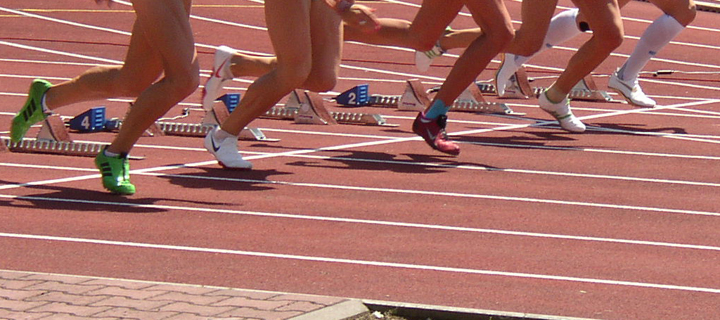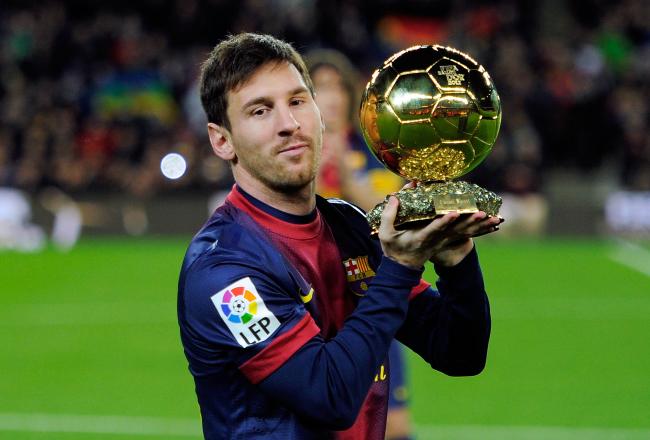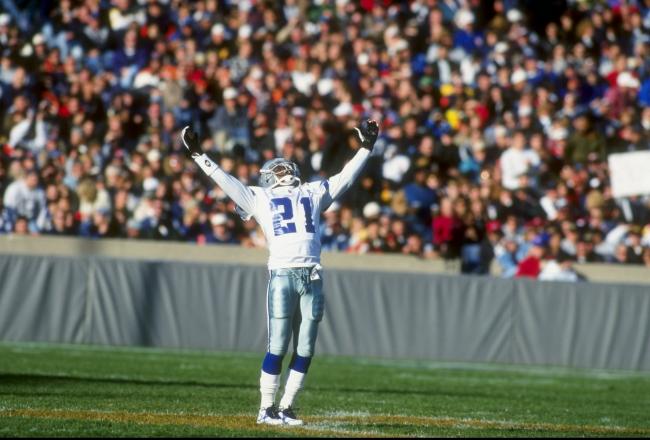Below is a proposal to allow college athletes to capitalize on their economic value via the model used under the Bayh-Dole legislation which shared intellectual property rights with faculty who do research in universities using federal funds. It is an argument I've alluded to on this blog before.
My proposal is so compelling that ... I couldn't get it published anywhere, ahem. So here it is!
What the NCAA can learn from Bayh-Dole
College sports are facing a crisis. A group of about two dozen current and former college athletes, led by former UCLA basketball star Ed O’Bannon have sued the National Collegiate Athletics Administration. The athletes argue that licensing revenues generated by the NCAA using the images and likenesses of specific players should be shared with those players. In the coming weeks a federal judge will decide whether to certify the case as a class action, which would then bring into the case many thousands of former and current college athletes.
If that were to occur, then the NCAA and universities could be responsible for paying billions of dollars to college athletes. In 2012, the top 5 college athletic conferences collectively received over $1 billion in television revenue for football and the March Madness spring post-season basketball tournament operates under a 14-year, $10.8 billion television agreement. March Madness alone generated more than a billion dollars in TV ad revenue, exceeding that of the National Football League, the National Basketball Association and Major League Baseball. Johnny Manziel, the Texas A&M quarterback who won the Heisman Trophy last year, generated an estimated $37 million in publicity for his university last year.
With the magnitude of the financial stakes, it is only a matter of time before the dam breaks and the notion of the “scholar-athlete” who plays only for school pride and a scholarship becomes a thing of the past. Rather than wait for a court decision, a labor action by high profile athletes or other possible revolutionary changes, the NCAA and universities can get ahead of this issue by paying attention to the lessons of history very close to home.
In 1980 the US Congress passed what the Economist called in 2002 “possibly the most inspired piece of legislation to be enacted in America over the past half-century.” The Bayh-Dole Act changed property rights with respect to the discoveries made in universities as a result of federally funded research. Prior to 1980 the US government retained ownership of the intellectual property associated with discoveries which resulted from federal research and development. Very few of the patents owned by the federal government were being been commercialized, and policy makers sought a way to better capitalize on the billions of dollars in federal R&D taking place at universities.
Under the law, professors and other university researchers who create intellectual property gain a share in its rewards, thereby creating strong incentives both to discover and to commercialize. In the two decades following the passage of Bayh-Dole US universities increased their patents by 1,000% and added an estimated $40 billion annually to the economy. At the same time, the law ensured that technology transfer activities on campus would be closely monitored to ensure that the mission of universities was not compromised.
So what does Bayh-Dole tell us about college athletics? Several years ago, former Senator Birch Bayh explained why the Bayh-Dole Act works: “it aligns the interests of the taxpaying public, the federal government, research universities, their departments, inventors, and private sector developers transforming government supported research into useable products.”
The NCAA and universities should explore aligning the interests of scholarship athletes, university campuses, the NCAA and the sports public with the incredible revenue potential of college sports. Assigning to universities the intellectual property rights of athletes which play under their names while creating a revenue-sharing model with those athletes would meet this need. Just as occuered with respect to the faculty, such an approach would encourage the further generation of revenue from sports, creating a windfall for many college athletic programs, some of which are strapped for cash, and deliver deserved rewards to the scholarship athletes who play the games.
A revenue-sharing model has served college faculty who conduct research and their home universities very well over more than three-decades. Universities should get to work on adopting a similar model for its athletes, before change is forced upon them, perhaps abruptly.








